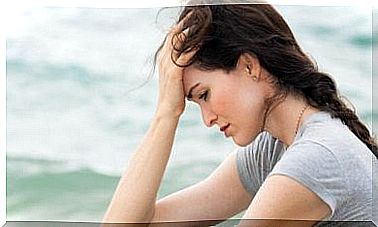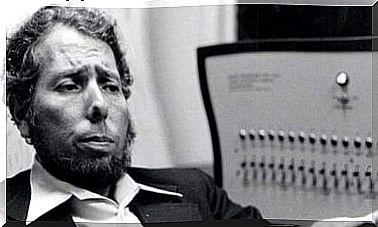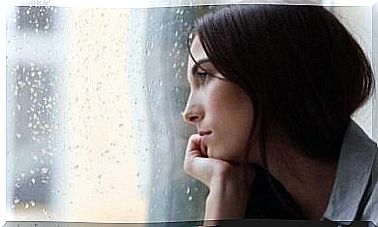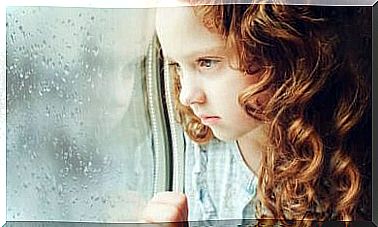The Physical Symptoms Of Depression
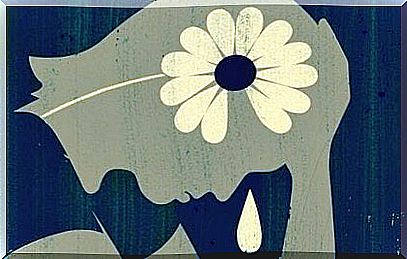
The physical symptoms of depression are the brain’s way of telling us that something is not quite right. This complex disorder does not just change mood and thoughts. If there is one thing that is characteristic of depression, it is how it affects the body. It causes pain, fatigue, inflammation and sleep problems, among others. Few conditions change the body as intensely as this.
Mental pain exists and is really responsible for many physical illnesses. However, it is easier for us to complain about back pain, headaches and abdominal pain than to say something dramatic like “life hurts”. If there is one thing we humans know it is that our reality can sometimes be complicated and painful.
Defeat, loss, disappointment, and not knowing what to do or how to react to something brings with it suffering. In fact, it is common for us to experience deep, emotional anxiety without knowing why. We do not know how to explain it and can not come up with a specific trigger. As you can see, depression has many different facets.
One thing that is very common is to experience an exhausting combination of anxiety and depression. Patients who experience this usually define this condition as being scared and extremely tired at the same time. They want to be alone, but they fear loneliness. They want to escape, but can not because they feel paralyzed.
Living with depression or other disorder is not easy for anyone. However, it is necessary to study the anatomy of these conditions to better understand what we are facing.
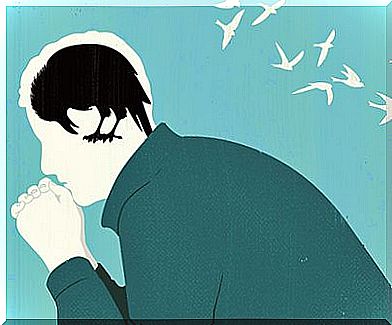
The physical symptoms of depression: A body in pain
Depression hurts. We could define it in many ways: a crippling condition, negative and even harmful thoughts, anxiety, fear, sadness, apathy and discouragement. However, it is not uncommon for people to openly express that depression is above all a recurring feeling of pain that can be physical as well as emotional.
Dell Medical School at the University of Texas conducted a study in 2004 ¹. The results of this study supported what we stated above: Physical symptoms are common in depression, and in fact all this symptomatology is shown by pain or organic change.
Dr. Madhukar H. Trivedi was responsible for this study. He revealed that many patients go to their primary care facility due to headaches, digestive problems or back pain without knowing that they are all physical symptoms of depression.
Fatigue, a feeling of heaviness and general pain
Everything is heavy, everything hurts, the body becomes slow, and patients feel like they are living in an oppressive diving suit. Most people with depressive disorder experience these things.
Dr. Steven Targum, head of Massachusetts General Hospital, explained in a study ² that depressed people can not even benefit from a good night’s sleep. Even though they sleep for more than 12 hours, they still feel exhausted.
Back pain
If we had to mention a classic pain associated with depression, it would definitely be back pain. If you are wondering about the relationship between back pain and depression, we refer to a study ³ conducted by Emory University in 2016. These were the conclusions:
- There is a connection between inflammatory pathways and the neurocytes in the brain when it experiences alertness, fear and anxiety.
- It is a reaction, a weakening of the immune system, and an inflammatory response that lies mainly in the spine, nerves and vertebrae.
Higher sensitivity to pain
Another of the physical symptoms of depression is related to our pain threshold. Suddenly everything becomes painful: a pressure, a small blow, temperature changes and different types of clothes, among others. Our skin and receptors become much more sensitive and therefore suffer more.
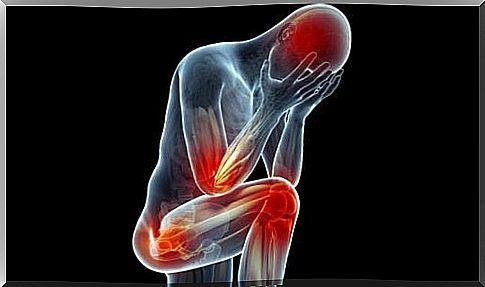
Digestive problems
People with depressive disorder often suffer from various types of digestive disorders:
- Cramps.
- Slow digestion.
- Irritable bowel syndrome.
- Mageknip.
- Constant feeling of satiety.
As a study from Harvard University indicates, it is important to always keep in mind the existing relationship between the brain and our digestive system. Factors such as stress, anxiety, fear, anxiety and sadness provoke a number of changes that go from the esophagus all the way down to the colon.
Vision problems
This is pretty weird. Patients with depression may suffer from a slight impairment where they have difficulty focusing on certain objects. Many of these objects may appear blurry. In addition, they experience a slight difficulty in differentiating white from black.
Studies such as the one conducted at Harvard University indicate that when someone is depressed, their world becomes more monochrome and the colors gray and blue begin to flourish. This is a very striking fact.
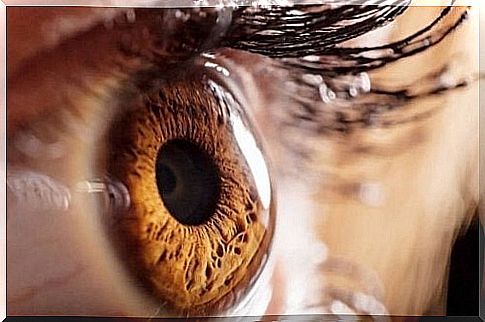
As you can see, the physical symptoms of depression are many. However, it is important to remember that all of these discomforts must go hand in hand with a series of emotional and cognitive changes in order to shape the clinical picture of depression.
The way to treat depression will be determined by psychiatric health professionals. It is also important to keep in mind that all types of depression can be treated. The moment the person experiences an improvement, most of these physical symptoms will go away. When the mind is calm, the body stops triggering danger signals. This leads to emotional well-being.
